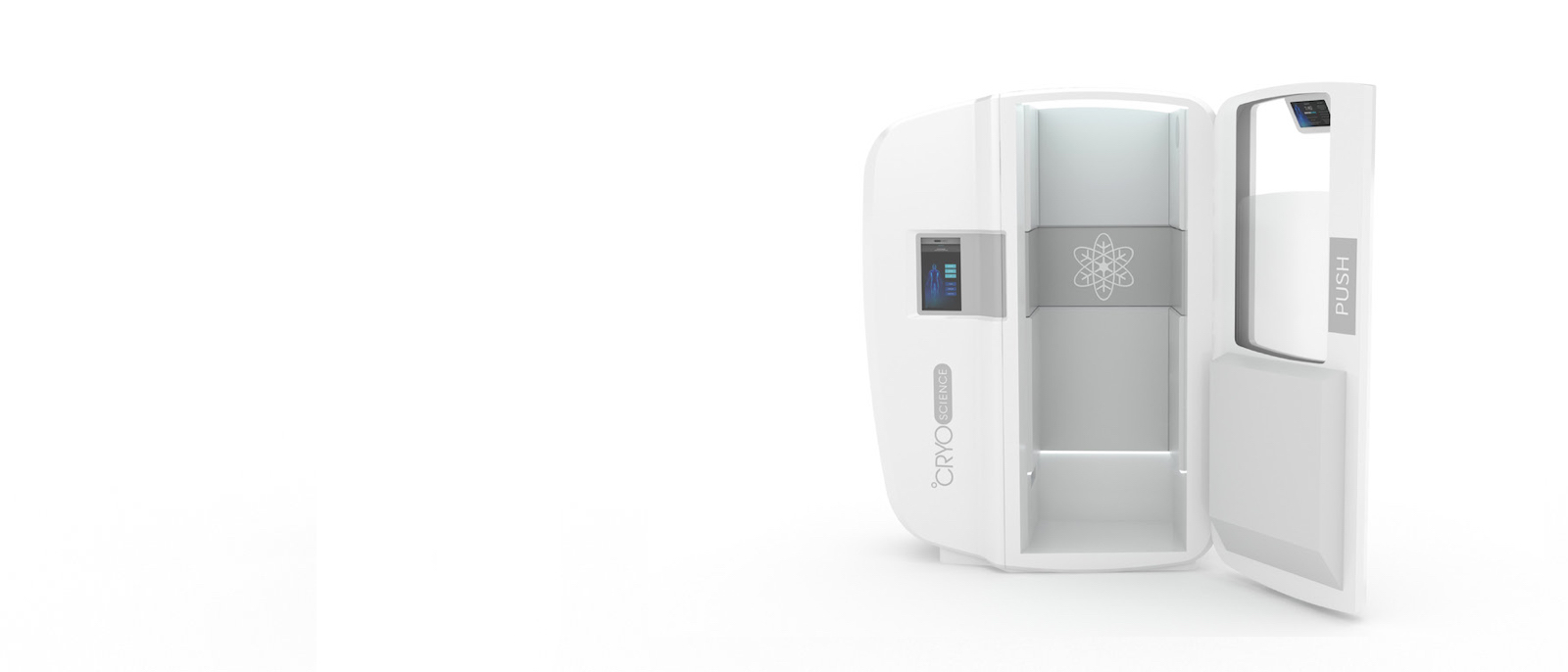
“CRYO Science is an equipment innovator and solution provider for all cryogenic applications in medicine, physiotherapy, sports, and beauty. They have mastered the science of using low temperature gases to deliver healing, preserving and longevity benefits to the human body and its surrounding habitat.”
The project which required simulations was a whole-body, single-person cryo chamber. The individual stays inside the cryo chamber for 1 – 3 minutes and during this time is exposed to cold dry air at the temperature of -140°C (varying based on the treatment type). The subzero temperature is achieved through the use of liquid nitrogen.
The company’s main goal was to create a perfect insulation of the cryo chamber.It would be very expensive and would take a lot of time to physically test different steel construction shapes, various thermal insulation materials and several thermal bridge configurations. That’s why CRYO Science decided to use CAE to optimize the construction of the device to reduce the number of thermal bridges, improve system efficiency, and lower the maintenance cost.
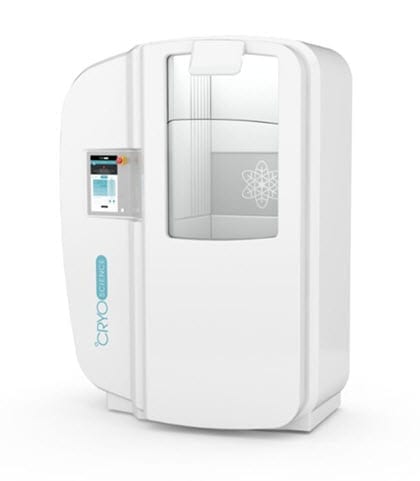
After studying our case, we can say that we are really impressed with the SimScale platform. Thanks to the platform’s ease of use, the professional support of SimScale engineers and the perfect communication with them, we were able to efficiently perform simulations and sort out our design problems. It’s hard to imagine how much physical prototyping time and measures we saved thanks to virtual prototyping.

Piotr Pietryga
CEO at CRYO Science
The first step in the whole process was an analysis of the physical problem. The combined experience of CRYO Science engineers and the technical knowledge of SimScale engineers helped to identify points of cryo chamber steel construction, which were causing high heat fluxes. These fluxes were resulting in problems with high liquid nitrogen consumption. The most significant thermal bridge turned out to be the direct connection of cold air duct and steel frame which supports the air duct. The simulation result illustrated in the image below shows that the temperature of the steel frame is very low at the point where both elements connect.
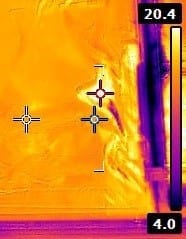
Based on this observation, CRYO Science decided to separate the air duct from the steel frame and use another method to keep the construction stable. In order to increase the distance between the frame and the air duct shell, the company decided to install an insulation panel between them and connect them with a set of long bolts.
For this purpose, they prepared a simplified 3D model of the improved construction and proper hex-dominant parametric mesh. Obtaining a good mesh quality for such a geometry is not easy. The trick here is to find the best combination of cells number and calculation time. A too low number of cells could result in a poor and unreliable results. On the other hand, a too high number of cells could result in an extremely long calculation time. For this analysis, about 9 million cells were created and accepted as the right number. At this point, the support from SimScale engineers was invaluable.
“The involvement, knowledge and professional customer service of SimScale engineers make work with the platform really enjoyable. Thanks to the simple chat function, we were able to prepare proper mesh settings in a very fast way. The engineers were available for us anytime and they reacted dynamically!”
The next step was the simulation setup. Knowing that a cryo chamber usually stays cold for several hours, CRYO Science engineers decided to use steady-state conjugate heat transfer analysis to observe temperature distribution in their new mechanical solution. Cold air velocity, temperature, and pressure were set as boundary conditions for the analysis. A heat flux boundary condition was used to model the interaction of the steel shell and insulation with external environment. The main goal was to set a proper time of calculation performance to achieve a real steady state of the process and permit cold air flow to substantially decrease the temperature of the steel construction. If after a long time of the calculation, the steel construction would stay warm, it would mean that the solution is sufficient to get rid of the thermal bridge issue.
CRYO Science was able to achieve satisfying simulation results after 3 simulations with an average runtime of 200 minutes on 32 core machine. With the calculations done it was time to analyze the obtained results in detail. Thanks to the different tools and options available in the SimScale post-processor menu, they were able to get inside the geometry and observe the temperature distribution across steel elements in detail.
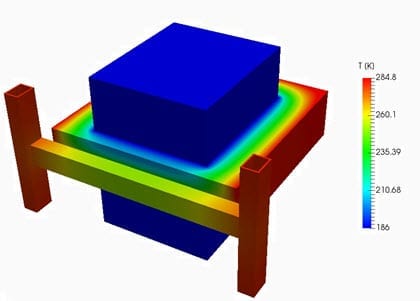
According to the simulation results, the new solution with long bolt gave the predicted effect. The temperature on the connection of bolt and steel frame was about 250K. It was a much higher value in comparison to the previous solution, where there was no bolt and the air duct shell had direct contact with the steel frame. Additionally, the temperature of the steel frame on its external surface increased from 277K (experimental value) to 285K, which is an acceptable value. With these results CRYO Science team could work on the final improvement of their solution and its implementation in the physical product.
Based on these results, CRYO Science engineers prepared final geometry and ran the same analysis for it. The simulation showed that this geometry was able to completely solve the problem of the thermal bridging. The temperature of steel construction was almost equal to desired 292K. This was also the solution that was implemented in the production department.
Thanks to the dynamic and professional support of SimScale engineers, we were able to set up simulations in a fast way, without wasting time. The results of our analyses helped us increase the efficiency and safety level of our products, reduce total cost of prototyping and save time of R&D engineers who could now focus on other topics.

Paweł Bernat
Project Engineer at CRYO Science
Apart from the thermal bridges and the temperature distribution analyses, CRYO Science found many other points where virtual prototyping can be applied, not only to design new devices but also to optimize existing systems. As a result of different analyses, CRYO Science saved a considerable amount of product development time, reduced the overall cost of prototyping, increased safety level, and significantly improved the efficiency of their products.
CRYO Science is planning to continue the cooperation with SimScale and is currently preparing the next simulations not only to analyze the operation of the Cryo chamber—their main product—but also for new products they are working on.
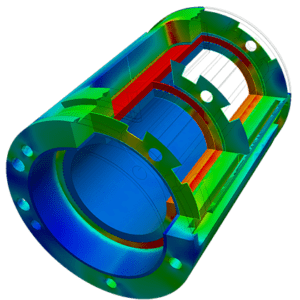

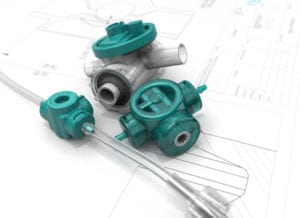

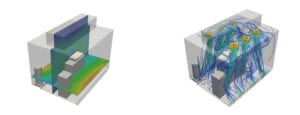
Sign up for SimScale
and start simulating now